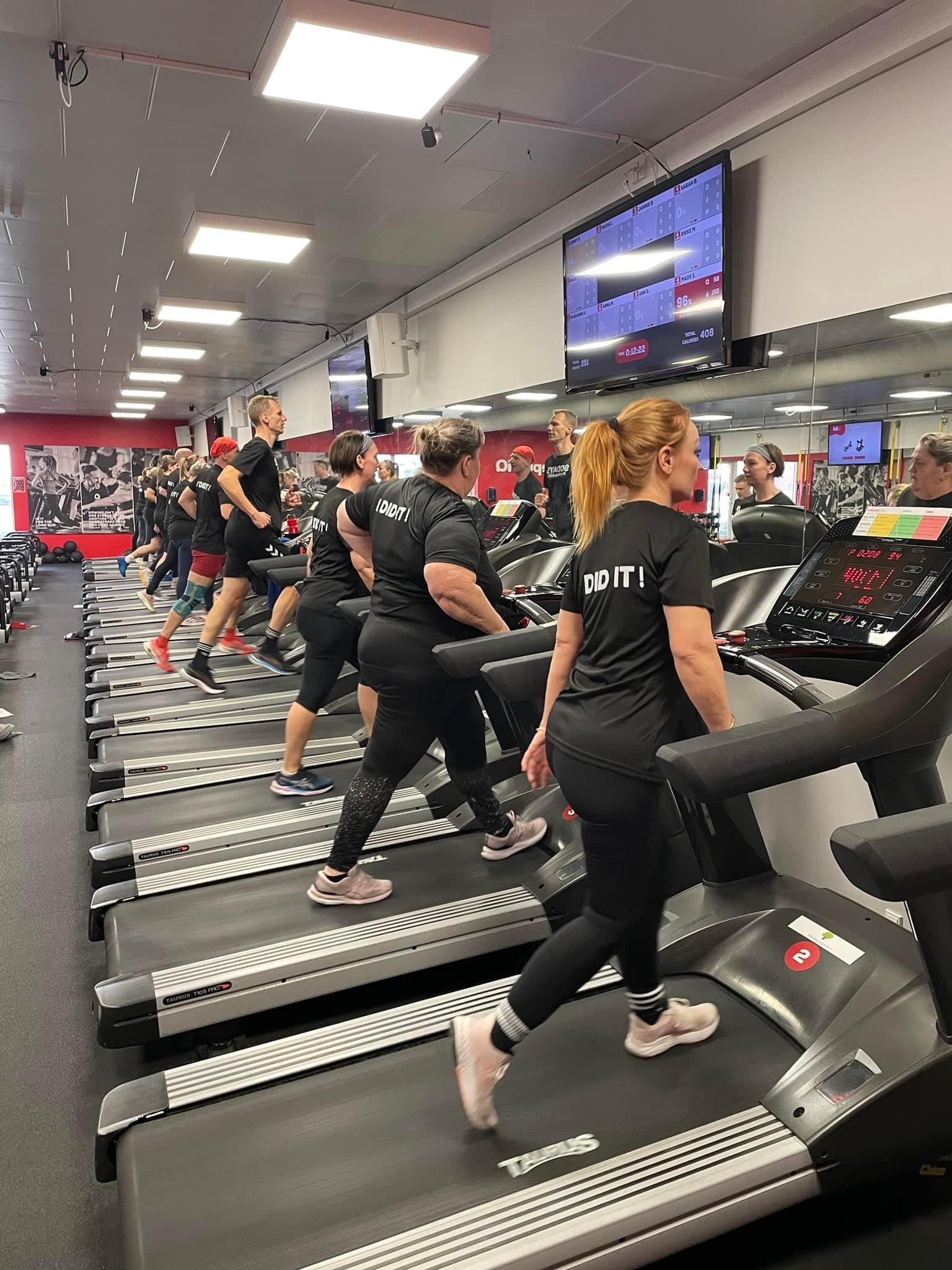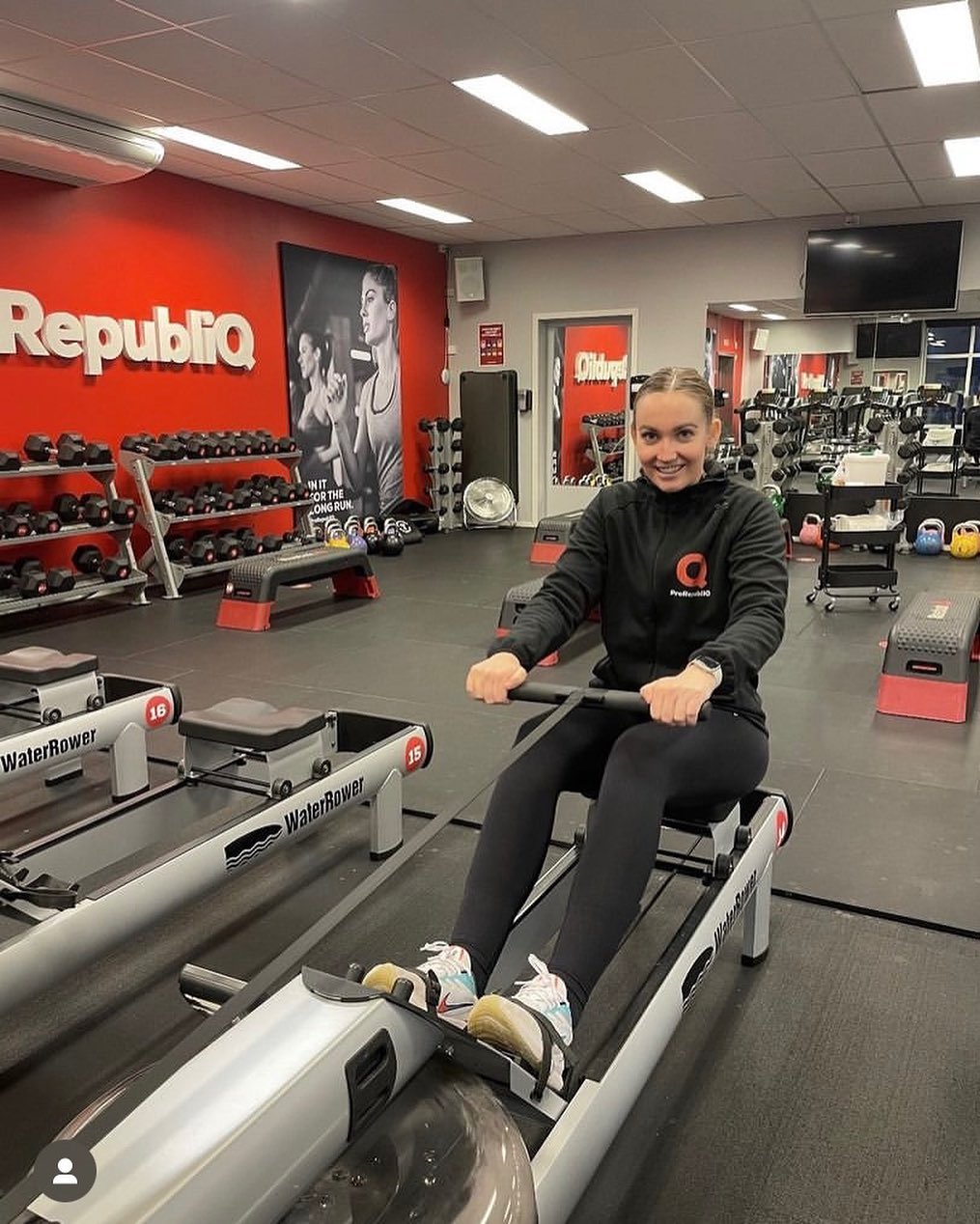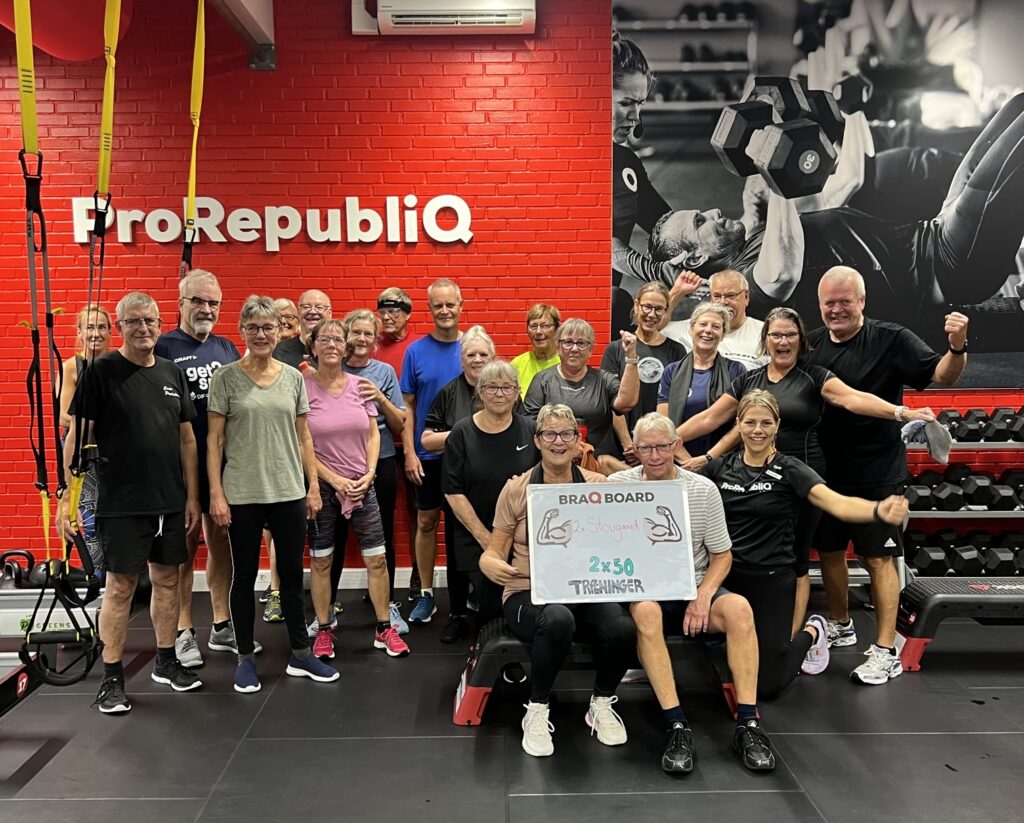Lack of training for years and the ailments of age are no obstacles to getting in better shape than ever, explains fitness expert Marina Aagaard.
It’s never too late to start training, and you can easily get in great shape even if you only start training at an older age, writes fitness expert Marina Aagaard.
The other day, a reader asked me about training when you’re older. Can you get in great shape despite the body’s various imbalances and ailments? Can we allow ourselves to dream of being just half as strong as we were when we were young, considering many of us have been out of training for so many years?
And the answer is – Yes.
Being half as strong is possible and maybe even stronger. The good news is that even those who have been physically inactive for years have the opportunity to get in shape and even in fantastic shape. It’s never too late to start training, and in the beginning, not much is needed for the training to be effective.
If you’ve been in peak physical condition in your 20s-30s, your capacity will typically decline by about ½-1 percent per year thereafter, but if you’ve been out of shape or moderately fit when younger, there are good chances of getting in better shape in your 40s+.
80-year-olds with muscle mass like 40-year-olds
Recently, it has been shown that those who have trained lifelong, even up to the ages of 70 and 80, have limited fat infiltration, a high degree of strength, and almost as much thigh muscle mass as athletes in their 40s.
A prerequisite for ‘aging gracefully’ and maintaining fitness and the ability to handle even hard physical training as an adult and elderly is gradual training – you must be patient – and a healthy lifestyle. Ensure, among other things, the following:
• Be physically active throughout the day – not just during training • Sleep well and sufficiently for about 6-9 hours – healthy sleep promotes muscle building and provides energy • Get fresh air and daylight every day – avoid smoke and smoking • Eat varied, healthy, and sufficient food – ensure, among other things, enough protein every day (1-1.7 g/kg body weight) • Drink enough water, about 1.5-2 liters/day – depending on body weight and food intake – and more during training
If you struggle with minor ailments and lack of energy, regular strength training can help in many cases. Start with a basic program including a bit of cardiovascular training (warm-up), strength exercises for major muscle groups, and mobility training, stretching exercises, to prevent muscles from becoming too tight.
A special tip is to supplement strength training with other activities, preferably sports, which train the body in different ways and with explosive and/or endurance movements. Variation can be the key to greater progress.
All-round training As part of the training, one should also train balance and stability to improve overall body performance and prevent falls. Training the small stabilizing muscles can help form the foundation for heavier training and muscle building (hypertrophy).
To support fitness and health, it is advisable to train balanced around the joints, such as shoulders, hips, and knees; train both front and back, upper and lower body, to make the body all-round strong.
For both younger and older adults, it is beneficial to perform compound exercises, large exercises where many muscles are active at once, such as squats, bench presses, shoulder presses, and horizontal and vertical rowing. Also, core exercises for the lower back and abdomen. Initially lying down or on a machine, later sitting and standing.
If you have injuries or pronounced imbalances, it may be necessary to seek help from a physiotherapist, who examines the body more closely and designs a personalized special program.
source: dr.dk
















